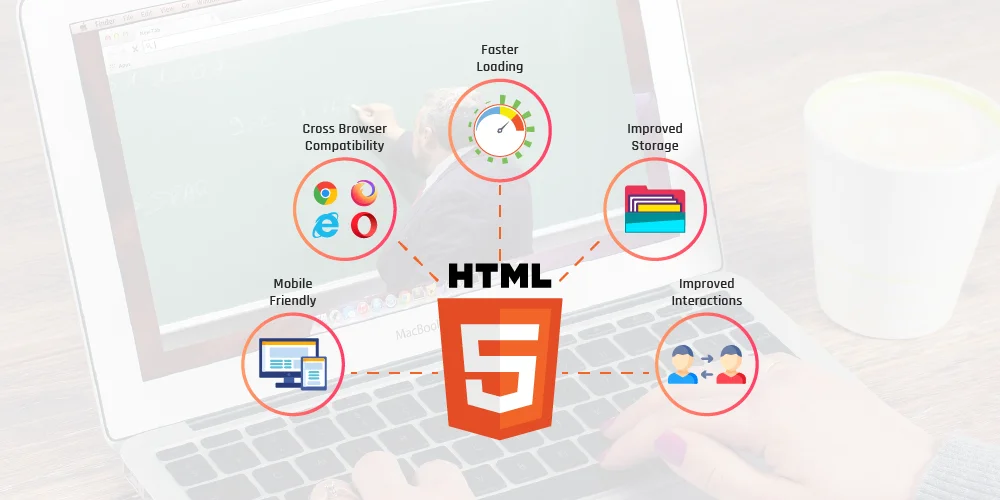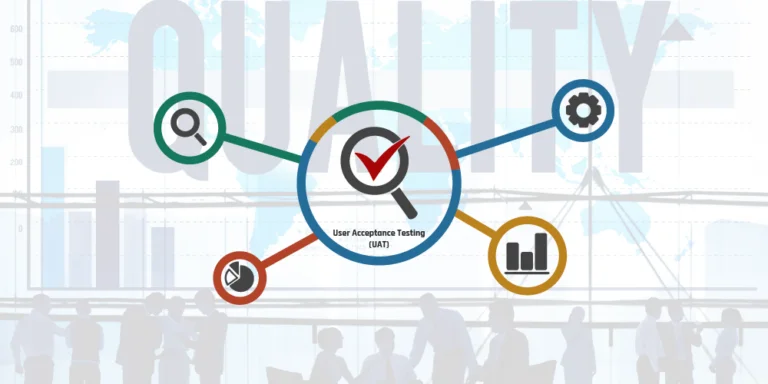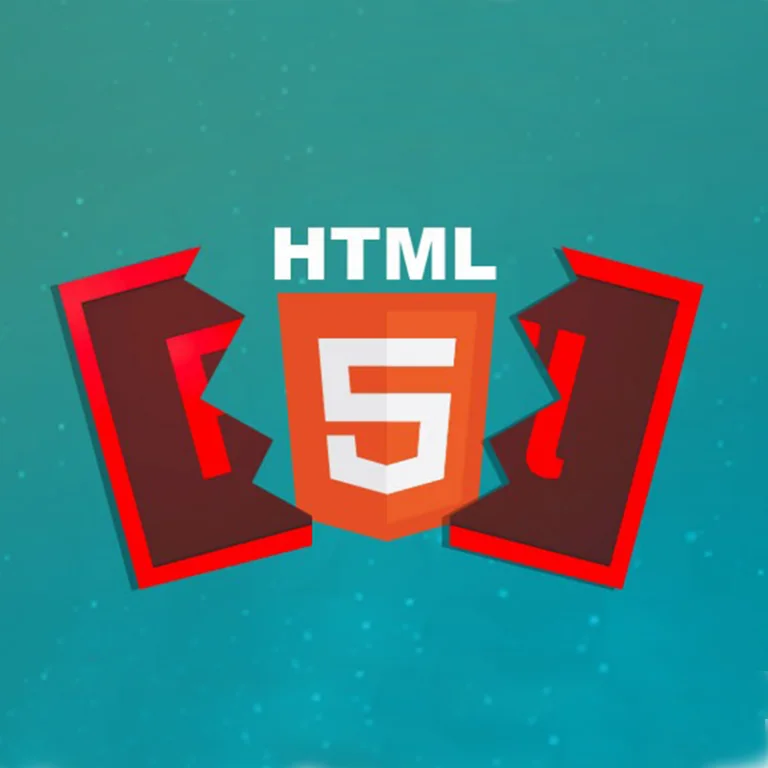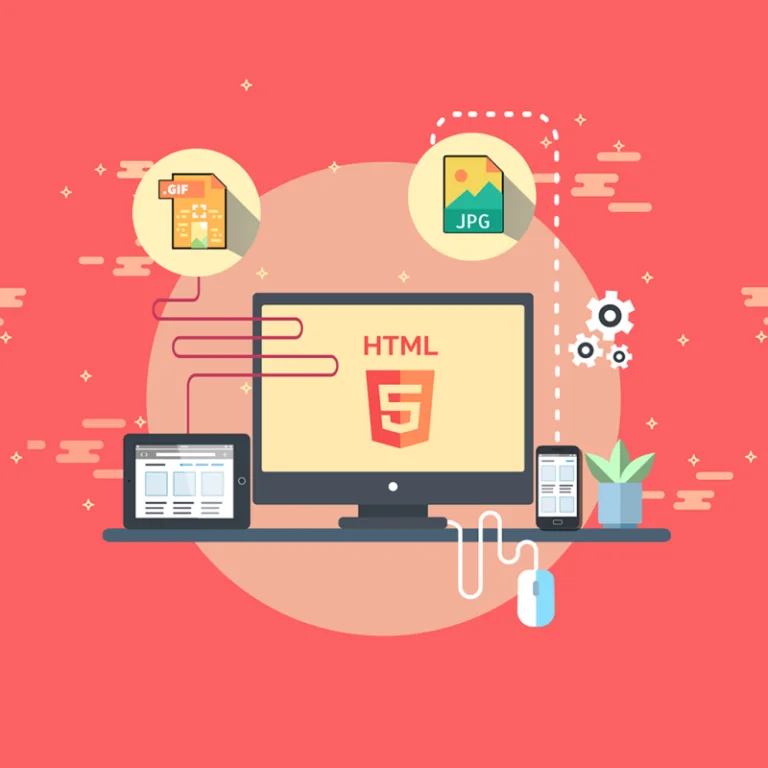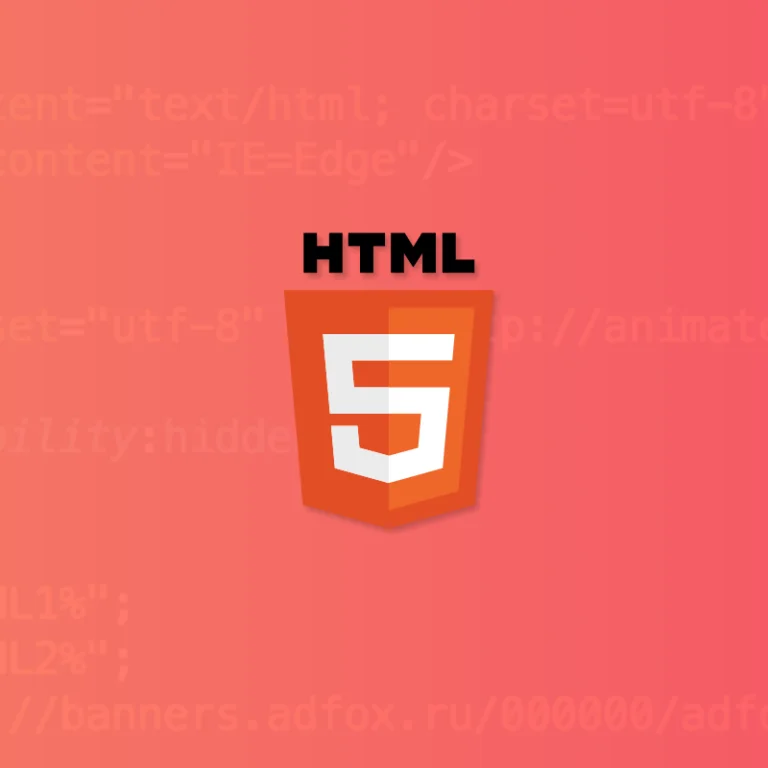Blended learning is a relatively new approach to education that blends traditional classroom methods with online educational materials. While learners attend classes with their instructors and peers, such conventional practice is enriched by E-learning industry trends such as opportunities for online interaction.
For the most part, blended learning provide the best of both worlds – you reap the benefits of asynchronous learning technique while also assimilating knowledge and skills at your own pace.
A number of businesses and organizations are now maximizing digital resources to augment their learning strategy without necessarily compromising the benefits of instructor-led classroom activities.
Important: Before we proceed, bear in mind that online learning or E-learning is transitioning from Flash to HTML5
Until recently, Adobe Flash was the most commonly used tool for crafting E-learning courses, thanks to its ability to integrate immersive graphics, engaging animations, and other interactive features.
But with smartphones and other mobile devices increasingly becoming the preferred medium for using E-learning tools, and with the phase out of Adobe Flash at the end of the year, HTML5 has emerged as the best alternative for web developers. Outdated Flash resources are rapidly being rehashed and converted to HTML5 before they become completely obsolete.
To put it bluntly, HTML5 is hands down the best alternative to Flash because of the following:
- Mobile-Friendly
Statistics show that the number of mobile users will soon exceed the number of desktop users globally. With Flash, it’s difficult to make interfaces intuitive and mobile-friendly, resulting in subpar mobile experience for most users. In stark contrast, HTML5 is a mobile-ready programming language that allows E-learning content to adapt effectively to different devices.
- Cross Browser Compatibility
Even the most sensible E-learning solutions will disappoint if they are not efficiently displayed on certain web browsers. Converting Flash to HTML5 resolved this issue as the latter delivers cross-browser compatibility.
- Faster Loading
For developers and users, there are only a handful of things that are more difficult and annoying to deal with than a slow-loading webpage. HTML5 comes with an offline application cache that allows pages to load even if users are offline. This reduces the load on servers and offers a faster load time for users.
- Improved Storage
HTML5 is equipped with local storage support that speeds up the operation of E-learning applications without the need for third-party plug-ins. Aside from better storage, this also enhances data security.
- Improved Interactions
With HTML5, you can come up with responsive solutions that will enable learners to relate with the content. You can also create dynamic online learning modules and make learners feel better connected to the stream of content displayed on their screens.
Now that we have discussed Flash and HTML5 along with the importance of transitioning one to the other, let’s return to the meat of the matter: blended learning
Steps on How to Create Effective Blended Learning Courses
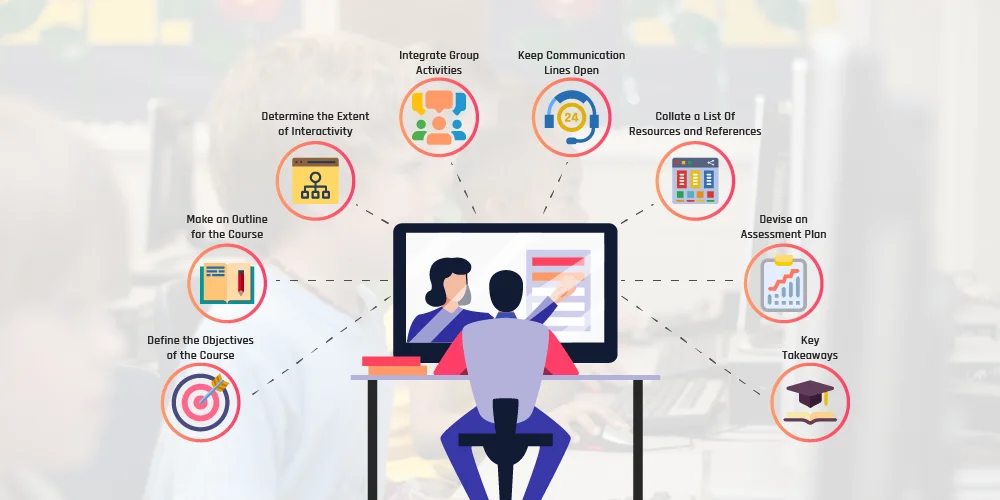
Define the Objectives of the Course
Just like any other pedagogical approach, the first step is to clearly define the goals and objectives that you’d like to achieve with your blended learning course. Use the following questions to help you define your objectives:
- What type of information must be included in the course?
- What instructional strategies and tools must be used to convey new information and knowledge?
- What specific skills do you want to impart to the learners?
Bear in mind that your objectives will serve as a guide in building your blended learning courses. With each step you’ll be able to gauge the efficacy of your approach and identify certain aspects that you need to tweak or cover along the way.
Make an Outline for the Course
A course outline will benefit the learners because they can use it to stay on track. You can also use it to ensure that the course is progressing at the intended pace.
In the outline, see to it that you indicate the course objectives and how to achieve them. Also specify assignments, projects, papers, and tests that must be submitted, as well as the deadlines for submission. State your expectations in terms of attendance and participation. Lastly, make a list of the instructional materials and E-learning tools that will be used in teaching blended learning content.
Determine the Extent of Interactivity
A lot of people are embracing the concept of blended learning because it gives learners more control over their learning. Remember that learning does not rely solely on the lessons taught by the instructor. Learners can leverage the power of autonomy and achieve significant progress through self-paced learning techniques.
When drafting your blended learning content, be extra careful when gauging the extent of interactivity of your course. Ask yourself the following questions:
- How much of the learning will take place in the classroom setting?
- How much of the learning will be imparted through live online media?
- How much will be self-learning from group interaction?
Integrate Group Activities
Learning at your own pace definitely has its advantages, but so does group collaboration. In group activities, learners get to interact with their peers, share information and benefit from each other’s skill sets.
There’s a menagerie of E-learning tools and apps that you can use to promote group activities. For instance, you can create a chat room where learners can discuss a particular problem, share their insights, ideas, and opinions. This will facilitate a healthy exchange of views and the learners will get to know each other better.
While designing your blended learning course, try to incorporate a social learning strategy that will take learning out of the confines of traditional classroom setting and open discussions and dialogues to a larger audience. These group interactions will develop problem-solving, analytical and rational thinking skills.
Keep Communication Lines Open
It is important to note that online learning is one of the two major components of blended learning. Hence, you must see to it that learners know how they can contact their instructor if they have a question or any other concern. For example, it would be great if you can assure the learners that they will receive a response within 24 hours via email.
This is a win-win situation for learners and instructors alike. Learners know that they have a support system that they can rely on when certain issues arise, and instructors don’t have to be present in the virtual classroom 24/7.
Another key factor to take into account is how you can gather feedback from the learners. You can use surveys or schedule live chats at the end of every course. There are other ways and you just need to pick an effective one because it is imperative that you seek routine feedback about the course so you know that it is heading in the right direction and at the right pace.
Collate a List of Resources and References
Another great thing about blended learning is the availability of tons of resources that you can use to develop your courses. Choose the best ones that suit your needs and make them accessible to your learners. Such resources can be in the form of links to articles, videos, presentations, among others.
Your pool of resources will also benefit instructors because you spared them the time and effort required to create their own learning resources. You essentially ease their schedule and give them more opportunities to engage in constructive activities with your learners.
Note that you can use your existing content and software solutions, but you must also bring in new tools and skills into your blended learning course. Your list of resources must always be updated to achieve the best possible results. You can test out new concepts and modify them to suit the needs of your learners.
Devise an Assessment Plan
A blended learning course is incomplete if it doesn’t include an assessment plan designed to gauge the progress of the learners. The plan can be in the form of a quiz at the end of each course, or the learners can be asked to participate in group discussion via live chat. You can also provide a summary to make it easy for them to review the information.
Aside from helping in gauging the progress of your learners, having an assessment plan will give them an opportunity to identify areas for improvement
Key Takeaways…
Blended learning is a popular pedagogical approach especially in the corporate world as it makes it possible to formulate an effective teaching and training strategy for a large number of learners. But while it is one of the latest trends in education and scholastic training, it is crucial to get it right. And just like any other new venture that you undertake, it is advisable to do some research, be organized and be innovative to create effective blended learning courses.
These courses can be extremely cost-effective because they allow part of the learning process to take place online, with asynchronous scheduling where learners (i.e. employees) are not required to travel, thus saving the company a substantial amount of money in travel, lodging and instructor costs.
.svg)
